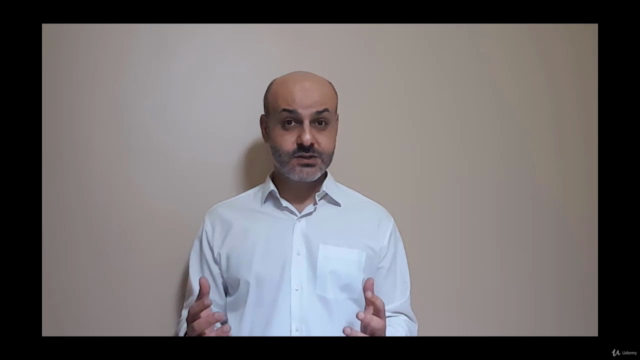Learning R Programming for Data Science
Beginner to Intermediate R Programming Language Training Course
4.67 (27 reviews)

112
students
6 hours
content
Aug 2021
last update
$59.99
regular price
What you will learn
Describe Data Science and Big Data
Identify the importance of Data Science
Describe main tools used in Data Science
Explain steps of a Data Science project
Recognize the main environment and files of RStudio
Perform arithmetic calculations in R
Solve simple data problems using vectors, matrices, factors, data frames, and lists in R
Use Operators and Conditional Statements to perform comparison and controlled-flow data problems in R
Solve data problems using Loops in R
Use base R functions and create user-defined functions in R
Get and clean external data in R
Plot data in R using Base Plotting
Install and use different R Packages
Analyze data using helpful functions in R such as base mathematical functions, Apply family, Regular Expressions, and Dates & Times
Manipulate datasets in R using dplyr package
Screenshots




Related Topics
3339588
udemy ID
7/17/2020
course created date
8/29/2020
course indexed date
Bot
course submited by